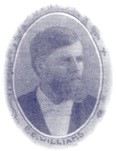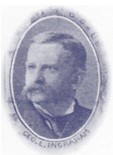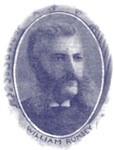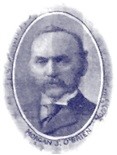Hon. Dianne T. Renwick, Presiding Justice
Susanna Molina Rojas, Clerk of the Court
1896- 1899

Pardon C. Williams
Associate Justice

George L. Ingraham
Associate Justice

William Rumsey
Associate Justice

Edward G. Patterson
Associate Justice

Morgan J. O'Brien
Associate Justice

George C. Barrett
Associate Justice

Charles H. Van Brunt
Presiding Justice
Because of the difficulties inherent in reorganizing the Court system, the judiciary article provided that the change in the system would become effective on January 1, 1896
On January 6 1896 at one o’clock in the afternoon, the first session of the Appellate Division of the Supreme Court, First Department, took place at 111 Fifth Avenue in New York City.
The Justices seated at that first session were Presiding Justice Charles H Van Brunt, and Justices George C. Barrett, Morgan J. O’Brien, Edward G. Patterson and P.C.Williams. They faced a dignified and notable body of spectators, including Joseph Choate and Elihu Root, whose political skills and organizational abilities had shepherded the revisions of Article VI through the Convention. Root, in addressing the new tribunal, expressed his belief that “the Court would be second to none in power, honor and dignity.”
In June, 1896 the Justices of the First Department approved plans for the construction of a courthouse suitable for the sort of court that Elihu Root had envisioned.
The architect commissioned to prepare plans for the new courthouse was James Brown Lord, who was given complete control of the artists and their work. Lord turned to the high classical tradition’s use of columned porches and statues, drawing on the style and tradition of Andrea Palladio, the famous architect of Vincenza. To fund this courthouse, the City of New York budgeted $700,000, a large sum for such a building in those days. The courthouse in fact cost only $633,768, and was completed in tie for its scheduled opening in 1900.
On January 2, 1900, the Court took formal possession of its new courthouse at 27 Madison Avenue.
The Appellate Division, First Department, has remained at this 25th Street location since that time.